Our family vacation this year was NOT dictated this year by baseball! Woo hoo! (Well, actually part of our vacation was dictated by baseball - Mercer had a Sat/Sun tournament & the guys flew over on Monday. Our rental was from Sat - Sat.... so Isabella and I went on our own!)
I know that Mercer is happy to have stayed behind for those couple of extra days. They played 2 games Saturday which placed them in a specific bracket for Sunday play.
They won the 1st game Sunday and the 2nd as well... and got a ring! It's been quite awhile since he's gotten one... and this may be the 1st time since he's started travel ball that he's gotten one?
Yay!
Mercer said he's always wanted to visit California, so we started looking into it. We thought San Francisco originally (because - well - it's always been such a cool, iconic town).... but (according to several people we've talked to this year) it's getting really really bad there in the downtown / even touristy areas of the Bay city. Just found this online at newsweek.com that shows the basic causes: Struggling with rampant homelessness, a drug crisis, surging crime and several business closures, San Francisco is no longer the thriving city it used to be.
So, we decided to look around at other places in the giant state. (I really want to see the redwoods sometime. I guess that will need to be another trip) We've always heard good things about San Diego and the zoo.... and neither of us have been, but we wanted to do several other things too so we found a place that was more central and that we could take day trips to the 2 nearby cities (San Diego and LA) + a famous national park: Joshua Tree.
In between day trips, we were melting here in the desert -- which is what is between these three places! We stayed in Palm Springs. Sounds lovely "SPRINGS?!" but it's dry.... and brown.... and hot. (were are the springs?!) I looked it up - over 100 years ago, those who moved into the area - which was originally inhabited by Native Americans - saw Palm Springs as an area to tap into natural hot springs for medical benefit.
In the early days, water was sourced from three areas, Seven Palms, Two Bunch Palms and Willow Hole which was used by wildlife and Indigenous peoples. In 1908 Jack Riley became the first European to establish a homestead, soon to be followed by Ethyl Rouse and Hilda Gray. An explorer named Cabot Yerxa was credited for discovering the natural hot water the city is known for now.
L.W. Coffee started lying out streets for the town of Desert Hot Springs by the 1930s. In the early 1930s, Yerxa met L.W. Coffee, who envisioned tapping into the warm spring waters to build a spa capital like the ones in Europe. Coffee opened the area’s first spa. The city was incorporated in 1963 and experienced the majority of its growth in the 1980s and 1990s.
In the 1930s, another article says that the settler population numbered 300-400, however, in the summers the population dwindled down to 40-50 people... that the residents would retreat to the mountains in last spring and return in the early fall. There was even an article about John Muir visiting because his daughter suffered respiratory illness and he wanted her relief.
In an article published in the October 1948 Palm Springs Villager magazine, Helen Lukens Gaut wrote a first-hand account of the 1905 visit of John Muir, the naturalist, author and early advocate of wilderness preservation, to Palm Springs. She recalled that Muir came to the desert in the hopes that his youngest daughter Helen, who suffered from a severe respiratory condition, would benefit from the hot, dry weather and the bubbling hot springs, which were found in the tiny settlement of Palm Valley, which later became the city of Palm Springs.
Her retelling of the event began when Dr. Welwood Murray, proprietor of the Palm Springs Hotel, received a telegram announcing that Muir would be arriving on the afternoon train. Muir requested that transportation be provided from the train station and that accommodations be provided at the hotel. Murray, she recalled, went into action readying one of the cottages for Muir’s arrival. The hotel had been closed for the summer and a recent sandstorm had left a layer of sand that covered every inch of the grounds.
Gaut and her father, T.P. Lukens, had previously camped with the Muirs in Paradise Valley in the High Sierra so she expressed her joy with the prospect of seeing them again. She offered to help the Murrays in any way she could.
In this long article, Gaut told the story of the preparation for Muir’s visit and how Dr. Murray had ran across the road to the Cahuilla reservation and returned with a young couple, Ramon and Amada, who Murray had hired to help get the hotel ready for these most important guests. She recalled that brooms, mops, buckets and soap appeared and everyone began getting rid of the dirt and the sand in the guest cottages.
They also summoned to take the stage – which Gaut described as a rickety, heat-shrunken uncovered wagon pulled by two shabby looking horses – to the train station to pick up the Muirs. Muir and his daughters, Helen and Wanda, climbed onto the stage amidst boxes of provisions for the small store that was in town.
Gaut described the trip back from the train station, where the wind and the sand pelted the passengers, and the wagon moved across the deeply rutted, dirt road that was being covered and uncovered by drifting sand. When they arrived back at the hotel, the guest cottages had been furnished with pitchers of fresh water, bowls, towels and soap to wash the sand off their bodies and their clothes. Mrs. Murray had put together a meal which was served at the long board table in their adobe dining room.
For several days after they arrived, the thermometer ranged from 100 to 120. Murray suggested having picnics in the canyons, where cooling streams and the deep shade of the palm trees that grew densely close to the water, would give them a break from the heat. His suggestion was met with cheers of approval and once again the old wagon was loaded with baskets of provisions along with pillows for Helen who was still weakened from her illness.
Muir decided that he wanted to leave the hotel and camp in one of the canyons for the rest of his stay. The author’s father, T. P. Lukens, was invited by Muir to come along on the campout.
They camped out for six days and nights, according to Gaut. Muir was always the first one to rise in the morning. She said that he would leave quietly without disturbing the other campers and climb to some rocky height to reverently watch as the sun rose over the desert landscape.
Sounds miserable even back then!!
(this image shows our hotel and how close - across the street - the canyon wall is)
Now-a-days, because of the more modern use of year-round air conditioning, people can tolerate this place! Palm Springs does get good "pool" ratings between June and September. That is literally about the only place it is tolerable here -- indoors OR in the pool!!
But as we drive around on errands or site-seeing, we noticed that there is NO ONE out walking around the nearly neighborhoods... it's just too hot!! And what about the kids - their yards are full of rocks or cacti as the landscaping!? How to they go out and run around? Maybe they don't. It's a very different life... very different lifestyle!
I peppered pictures above of the different mountains from the "lower desert" looking up at the canyon walls. It is interesting / unique / almost odd at first, then you get used to it! I can see how people think it's pretty.... but.... maybe something to admire from indoors looking out!! ha.
(Admiring from the inside like at this cat café that we found one day -- the perfect thing to do in the middle of the day!) Isabella and I were running an errand before Todd & Mercer flew in the next day. This popped up on my map.... so glad it did!
Isabella has always been an animal whisperer. The owner was impressed that one cat that never comes out / goes up to people did. (Max) he came up to her several times.
The 1st visit when Isabella & I went was late on a Sunday (their weekend was Mon/Tues)... so they were offering all sorts of things to us half-price or free. The 2nd visit - when Todd took Isabella (on the 4th of July - yes they're open b/c the cats need the attention!), they gave Isabella a coffee mug and a button for free so she would remember them. ha!) They must have really really liked her!!
I think she'll remember this place even without the mug! :)
(she said this was one of her favorite things - I would agree.... and even though you can do this anywhere really (except our cat cafe shut down), I am glad that she went / loved on these kitties / there was some contribution made to the organization 2x!
The guys arrived mid-Monday July 1st (but not without drama! Their 1st flight was delayed so while they were sleeping, I found another option / suggested they still go super early to the airport as originally scheduled. They did, but the ticket agent found a totally different option and it actually got them to us about the same time in which they were scheduled) Kind of like my & Isabella's 1st day to Cali... once the guys came / we chilled at the pool & went to the grocery.) It's exhausting getting up so early & crossing time zones!
It was actually quite interesting! (even though the kids were kind of "over it" when we got off of the golf cart tour / had a walking tour portion!)
Our first visit in the cart was to a couple of different fake towns / city blocks that they had built. These buildings are only facades -- they are about 6 feet in depth / there is nothing inside. They will change signage, paint doors different colors, add an awning if needed etc to change so viewers are not seeing the same building over and over again.
They referenced the Gilmore Girls several times, Friends (which was shot here -- not actually filmed in NY, the Big Bang Theory, All-American (current production), Jennifer Hudson Show, etc.
They're each numbered and they have plaques next to the door saying what feature film or tv show was filmed there.
We're not familiar with this show, All American, but here's a screen shot from the web showing part of the living room & kitchen.
They drop you off at a "Friend's style" café / coffee shop / gift shop, then lead you through places to get your photo taken on a Friend's café mini-set. They had the same for the Big Bang theory mini-set photo op.
One thing neither of us realized -- how many blocks the stars / handprints covered. We only saw a small section previously.
We ended up at the top of a hill (identified as one of the top 10 places to see the Hollywood sign) called Barnsdall Art Park on Olive Hill. We chose this particular spot for 2 reasons: 1 - we told the kids that they could see the sign.... but 2 - so that we could walk around a famous house: the Hollyhock House.
This house, designed by Frank Lloyd Wright, was not named after the homeowner (an oil heiress named Aline Barnsdall) --
rather it was named after the owner's favorite flower.
The "Mayan" decoration has stylized hollyhock flowers as the decorations (molded into the cast concrete).
He designed multiple building up on the hill, but their website says it was supposed to be an entire arts campus that was never realized.
We snapped lots of photos of the main house and some of the servant's quarters (the yellow & green building shown below) -- which is currently under renovation.
There were stables originally built on site too with the same hollyhock design. I was reading online that the home owner was not happy with the house ultimately and moved out after only 6 years.
It was not open the day we were there. But - there's an online tour of the inside: https://hollyhockhouse.org/
On one website this is called Servant's Quarter's.
On another website, it is referred to as a guesthouse.
There were some of the other buildings on site -- a museum and a school.
We wanted to go to a nearby pier on the beach, but it was too far away / we didn't have time. We drove towards a modern piece of architecture that Todd & I visited before we had kids: Frank Gehry's Walt Disney Concert Hall. This was located a block or so from where I was dropping Todd & Mercer off for their adventure that evening.
There was no chance to get out and walk around that building -- the kids were done seeing architecture! NEXT TIME we must get to these two buildings (The other - an even newer one with all of the texture - is called the Broad -- a museum.)
Todd & Mercer were meeting Todd's niece, Tara, and her boyfriend, Calvin, for a Dodger's game. There was an event that evening: a Japanese Heritage night where they got a theme jersey. Mercer really likes a Japanese pitcher + stellar hitter, Shohei Ohtani. So this was a thrill for him to see him. Plus Ohtani hit a home run while Mercer was there -- he got to see it in person! In looking back on our trip, Mercer says this was his favorite thing from our whole trip.
Isabella and I headed to the Griffith Observatory. It was at the top of Mount Hollywood in Griffith Park.
(3000 acre swath of land donated to LA back in the late 1800s by Griffith J Griffith with funds to dedicate to build an observatory. (photo from web)
After finally finding parking / walking up to the top of the mountain, we didn't have a ton of time to explore.
(Isabella's camera still couldn't capture it, but she got a post card to put in her journal.
This place was PACKED. Thousands of people! Even at 10:00 as it was closing!
We met back up with Todd, Mercer, Tara and Calvin after the museum closed and the Dodger's game was ending.
We drove back to our "home base" in Palm Springs... what a LATE LATE night, but what a FULL FULL day we had!
______________________
We had another day trip planned to San Diego.
One of the things we saw on the way to LA and on the way to San Diego was the wind turbines. They were everywhere along certain mountain sides... and some of them near the highway seemed to be moving faster (wondering if the air rush from the cars was adding to the velocity?)
Apparently there are "driving tours" you can pay for to show you location of the turbines. (saw this online while booking other things) We found them!!
Admittedly - we needed more time at the zoo. We totally rushed through it. It was a nice zoo --- one of the most famous for their "cageless exhibits" (but we're used to this as we've been to the North Carolina zoo a bunch of times) It was also VERY crowded.
Even though this place was close to 2000 acres, there were people everywhere! We also were there during a holiday week, so maybe that was the reason?
But- whew - it was really expensive... they were really pulling in the $$ !! (guided bus tours are included in the price - but that is something we were not able to take advantage of)(you could walk behind this waterfall!)
We had an agenda: Mercer likes Meercats (and our Atlanta zoo no longer has them)... so we wanted to see them.
It is just HILARIOUS to watch them play!!
Unfortunately, the panda exhibit is wrapping up construction (they just got some new pandas, but will be unveiling them to the public maybe later this month).
Isabella said she wanted to see the snow leopard (which was "hiding" in the corner of his/her cage area... but she was satisfied that she could see PART of it sleeping. She got a picture for her journal and that was enough!)
They were SO LOUD and demanded attention -- you could hear the racquet a number of exhibits away! and - of course - you have the "red butts" which the kids like. ha ha....
A "sloth" bear! never saw one of those before!
It really was pretty. I regret not being able to spend another 3 - 4 hours at the zoo. We didn't get to take the bus tour or ride in the gondolas across the sky.... and I know we didn't see but maybe half of the animal exhibits?!
But - we had tickets for the last bus/boat tour of the bay in San Diego, so we regretfully had to go. It's a little cheesy -- and especially so to take a selfie in front of this thing -- but we booked the "aqua bus" (it drives on land, but then drives down the boat ramp and continues the tour in the water!)... but when we told the kids about the sea lions in San Francisco, our little one was bummed that we wouldn't see them.
She LOVED this tour. This was one of her favorite things that we did on our trip, so we're glad that we went for it!
Here's a shot of leaving land / entering the water.
There weren't a lot of sea lions, but Isabella was happy the the handful that we saw. (whew)
I think she just liked being on the boat in general... and feeling the wakes of passing boats as well.
(Mercer - eh. Not so much)
There was a driver and a guy who did the narration /story-telling. It was informative / we learned a bit along the way. (naval history especially as both of the gentlemen who were leading previously served)
The guide said the males pick up their heads like the one shown here when he hears something. (maybe protection... maybe to show dominance / look bigger?)
San Diego was a cleaner city from what we could tell. Pristine.We took sweatshirts / light jackets because the temperature was at least 20+ degrees cooler than in the desert + it got windy on the boat.
Opened in February 1888, Hotel del Coronado debuted as an architectural masterpiece, acclaimed for its spectacular seaside setting and world-famous weather.
Outfitted with electricity and every modern amenity, The Del was a destination resort before the term existed, attracting a wealthy clientele from the Midwest, East Coast, and Europe. These guests – who arrived with their own servants in tow – generally stayed for months at a time.
Although seaside destination resorts were fairly commonplace along both American coasts during the late 19th century, few were as large as The Del or as distinctive. With its one-of-a-kind sweeping silhouette – once likened to a cross between an ornate wedding cake and well-trimmed ship – the Southern California beach resort was recognizable throughout the country and around the world.
Building The Del
Hotel del Coronado was conceived by two retired, mid-western businessmen, Elisha Babcock, Jr., and Hampton Story, who became acquainted after moving to San Diego.
In 1885, the entrepreneurs bought the entire undeveloped peninsula of Coronado, subdivided the land, sold off the lots, recouped their money, and proceeded to build what they envisioned would be the “talk of the western world.”Constructed early in California’s history, well before San Diego had the materials or manpower to support such a colossal effort, everything had to be imported or manufactured on site. Architects were brought in from the Midwest; lumber and labor came from the Northwest; there was a lumber mill, foundry, and electrical power plant on hotel property; and early employees were wooed west from Chicago’s finest hotels. Despite these logistical challenges, the hotel was opened after only 11 months of construction.













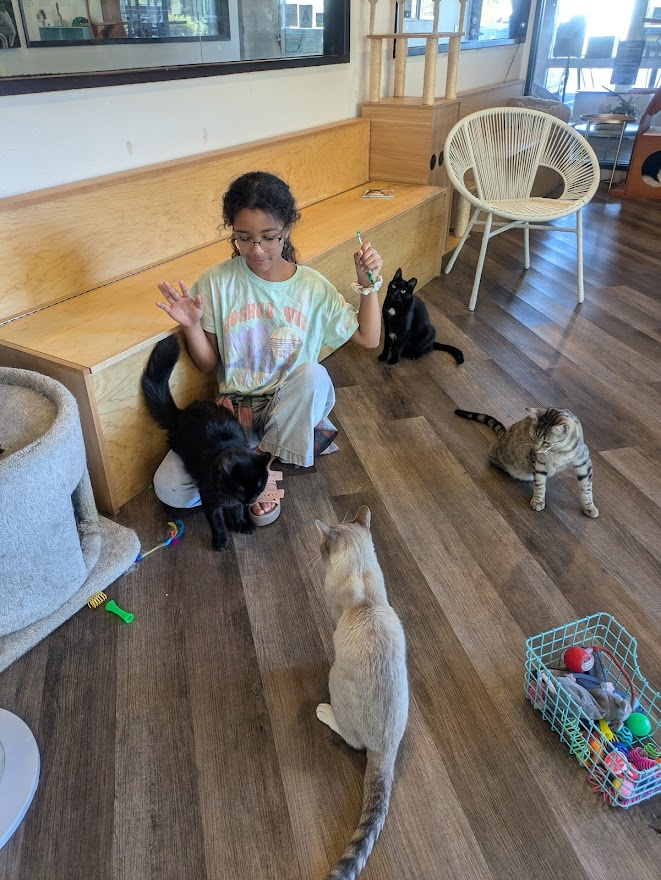

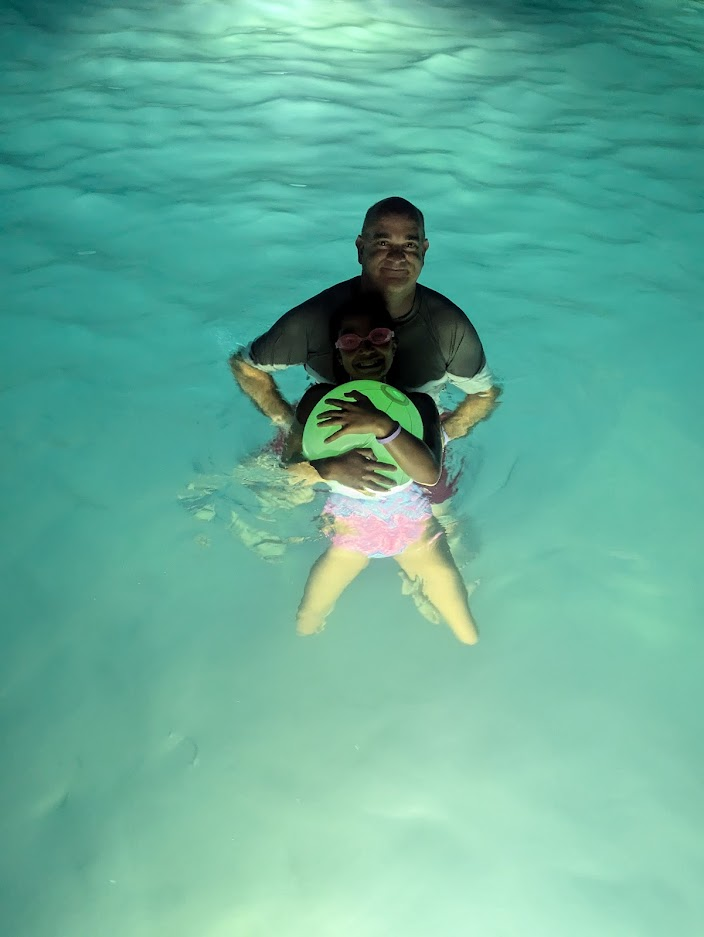



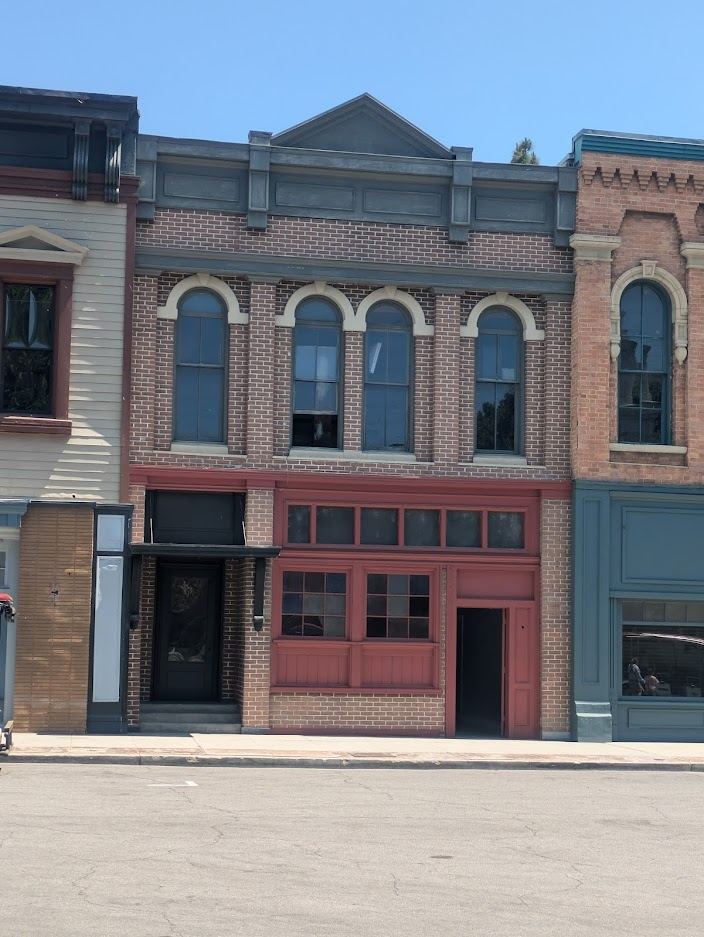




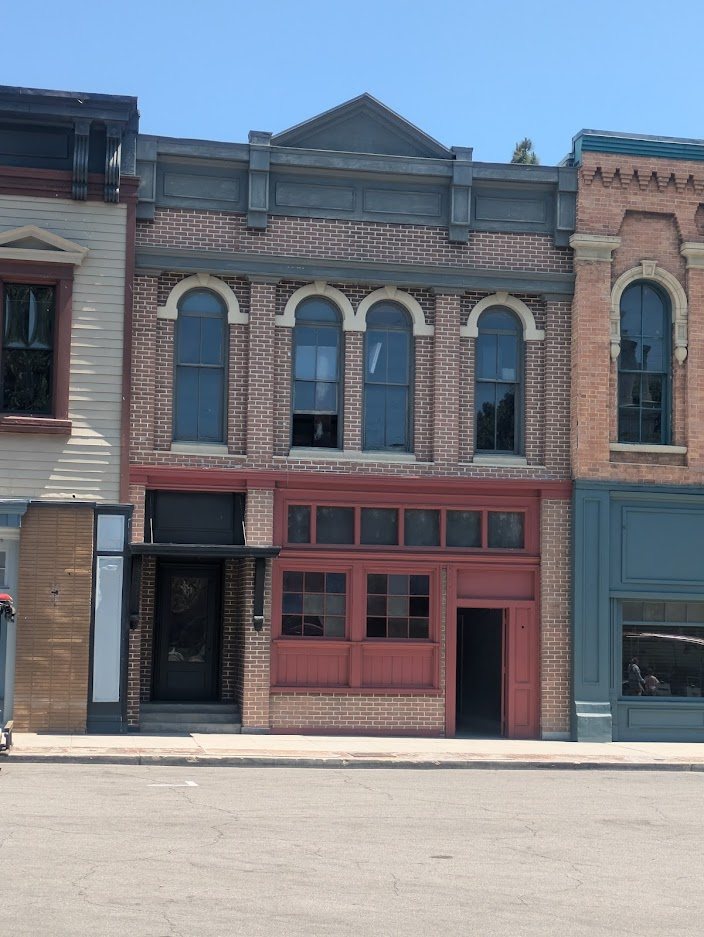





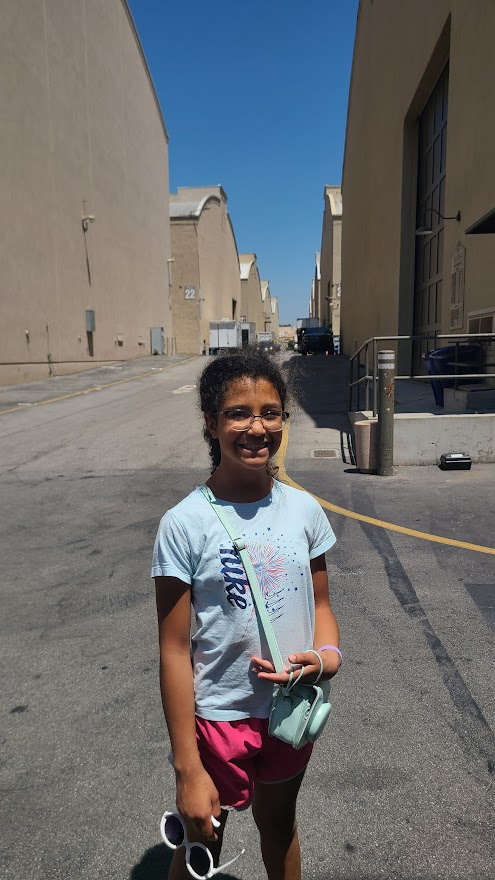
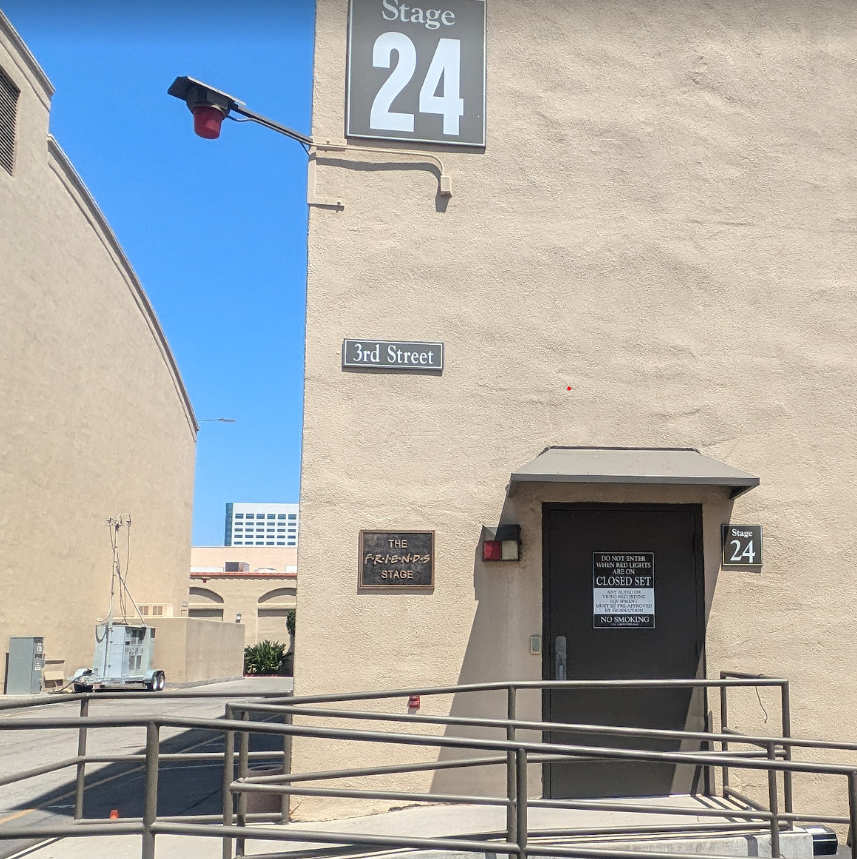




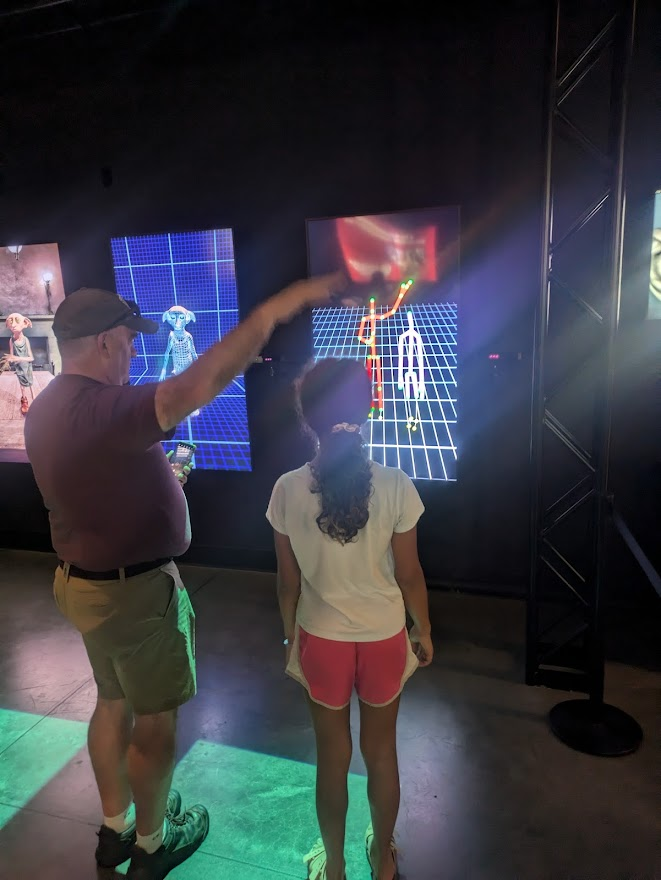





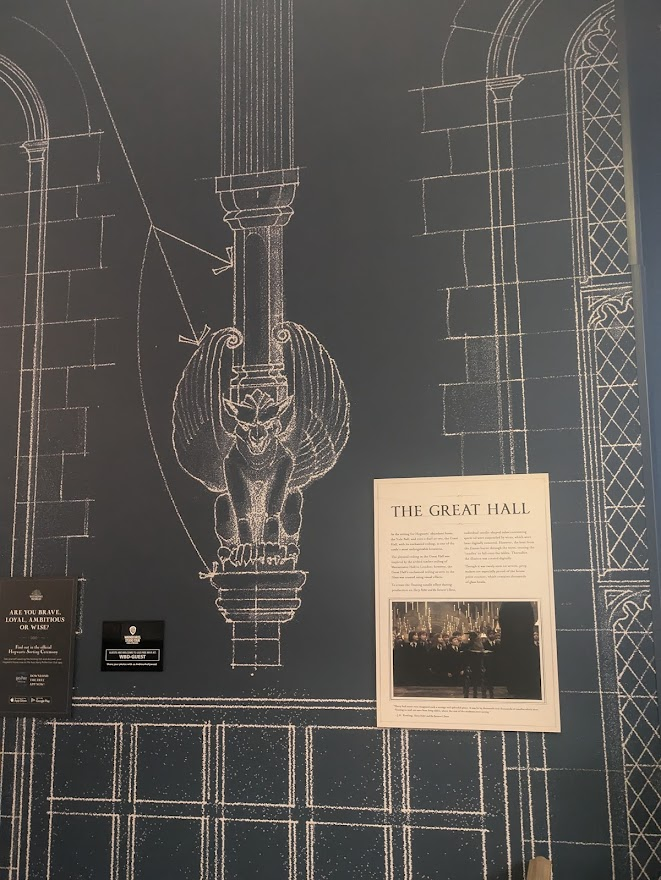



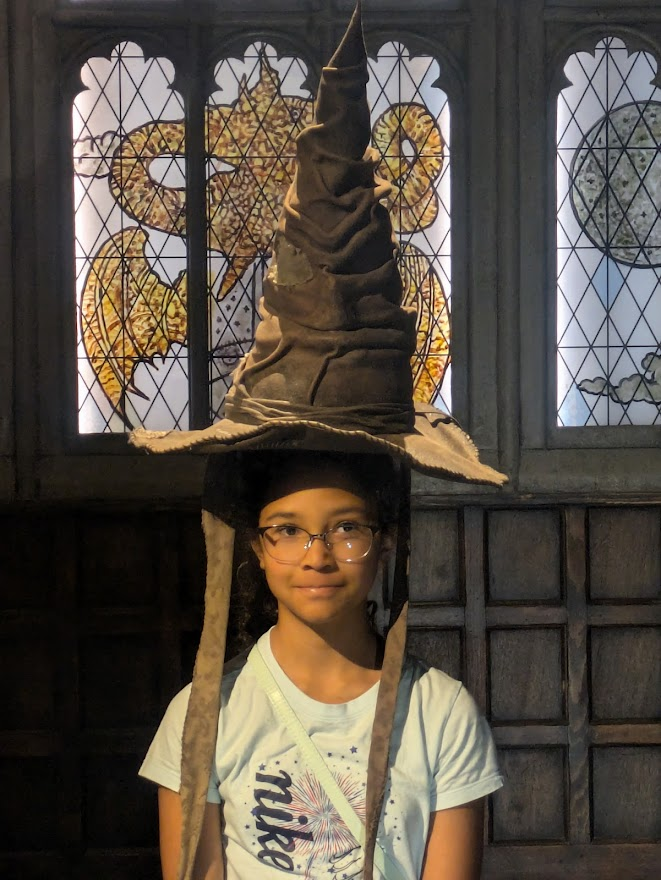












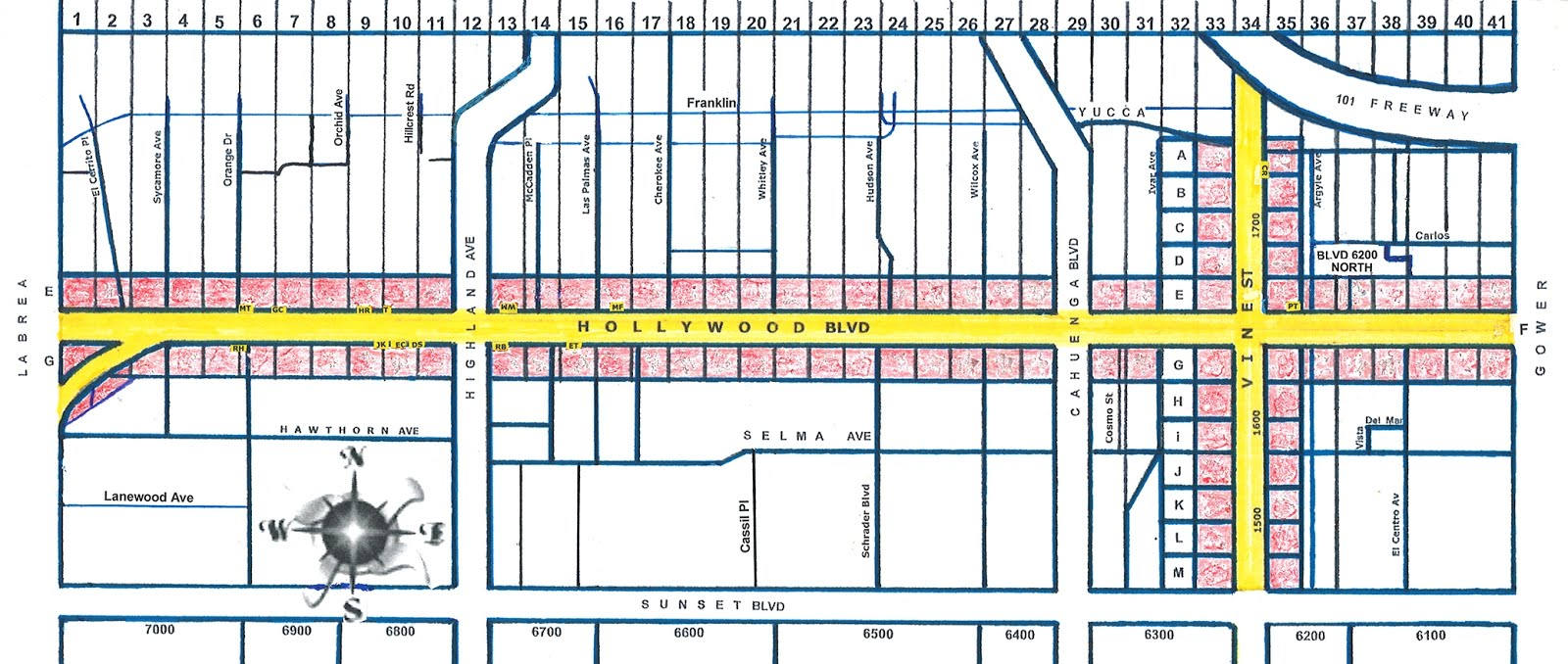

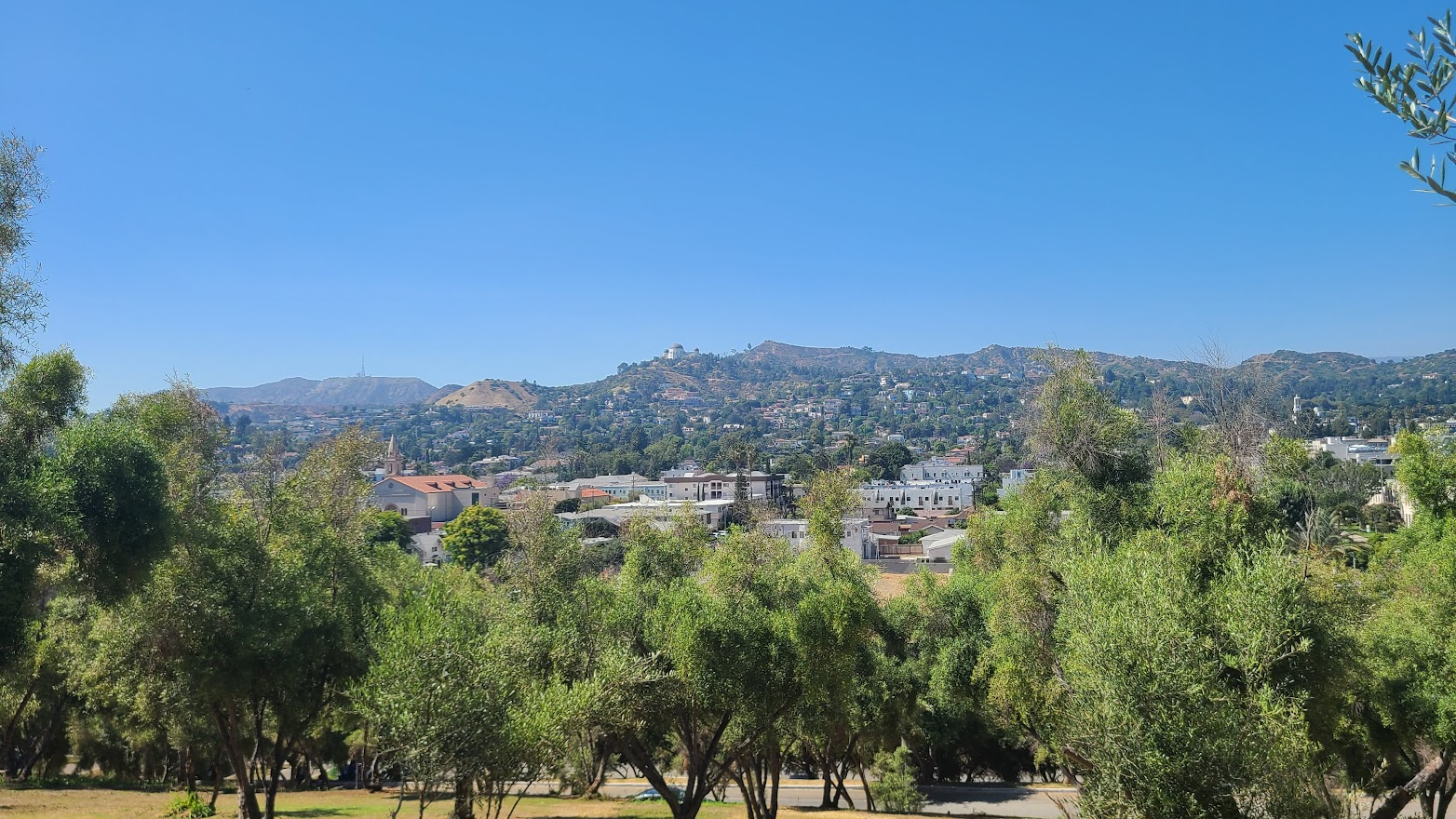









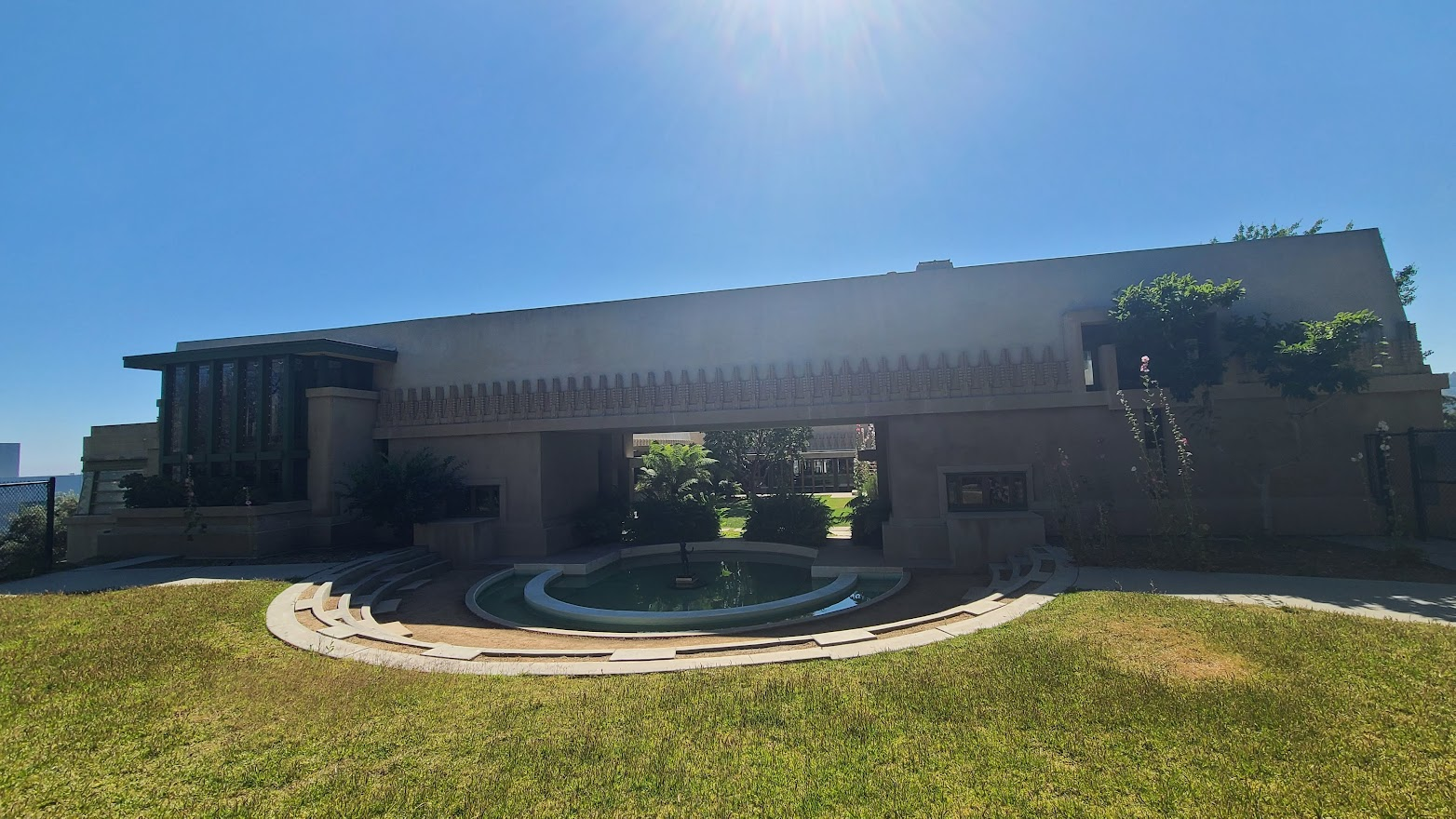

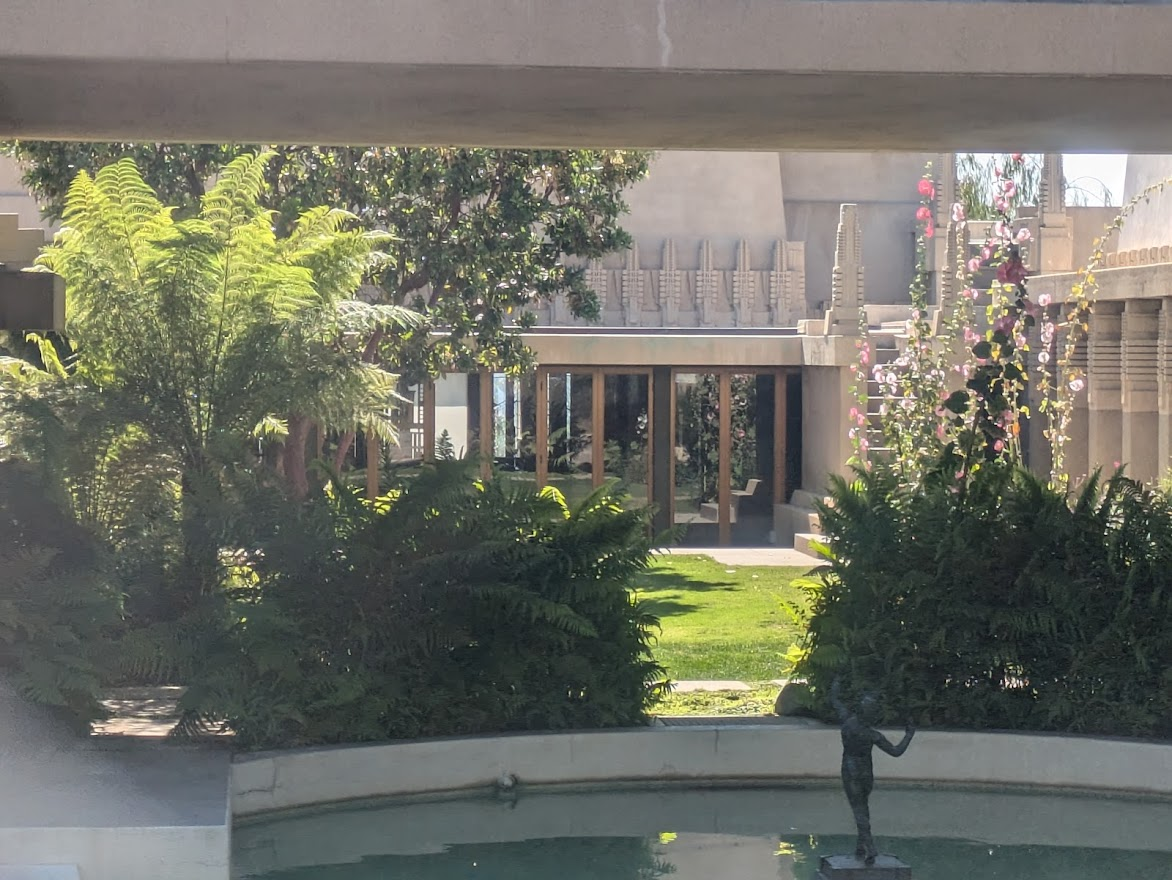
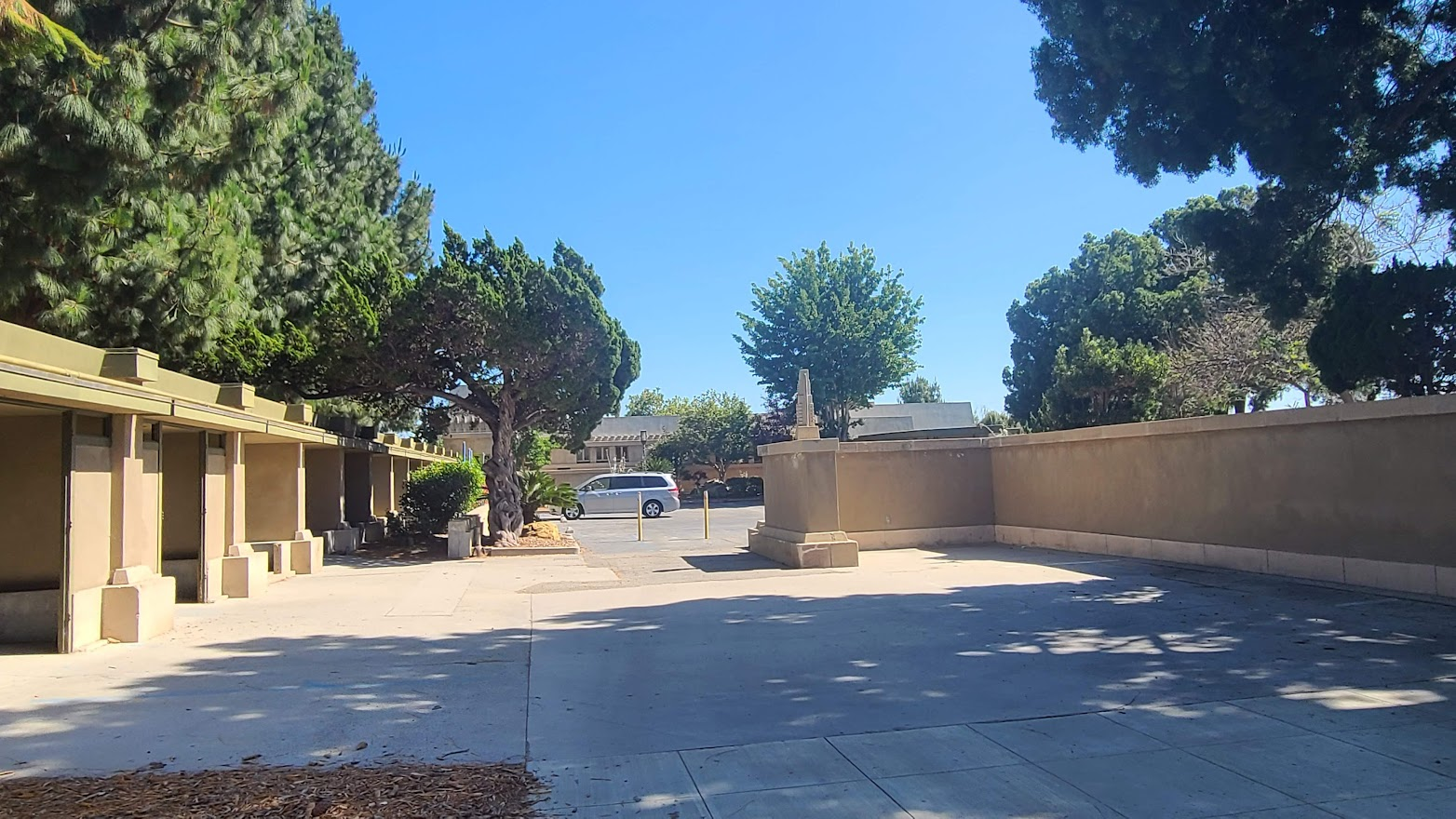








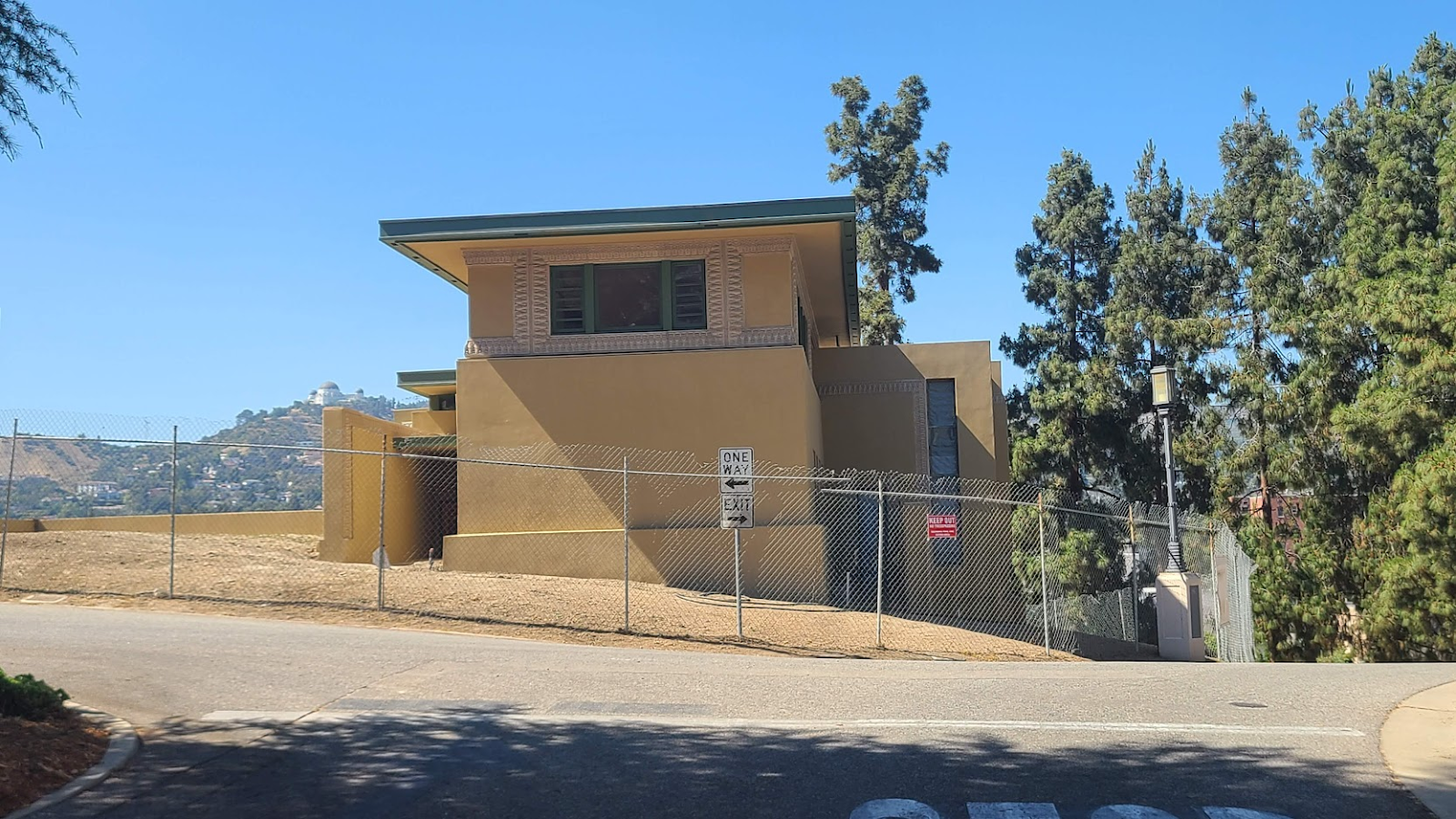
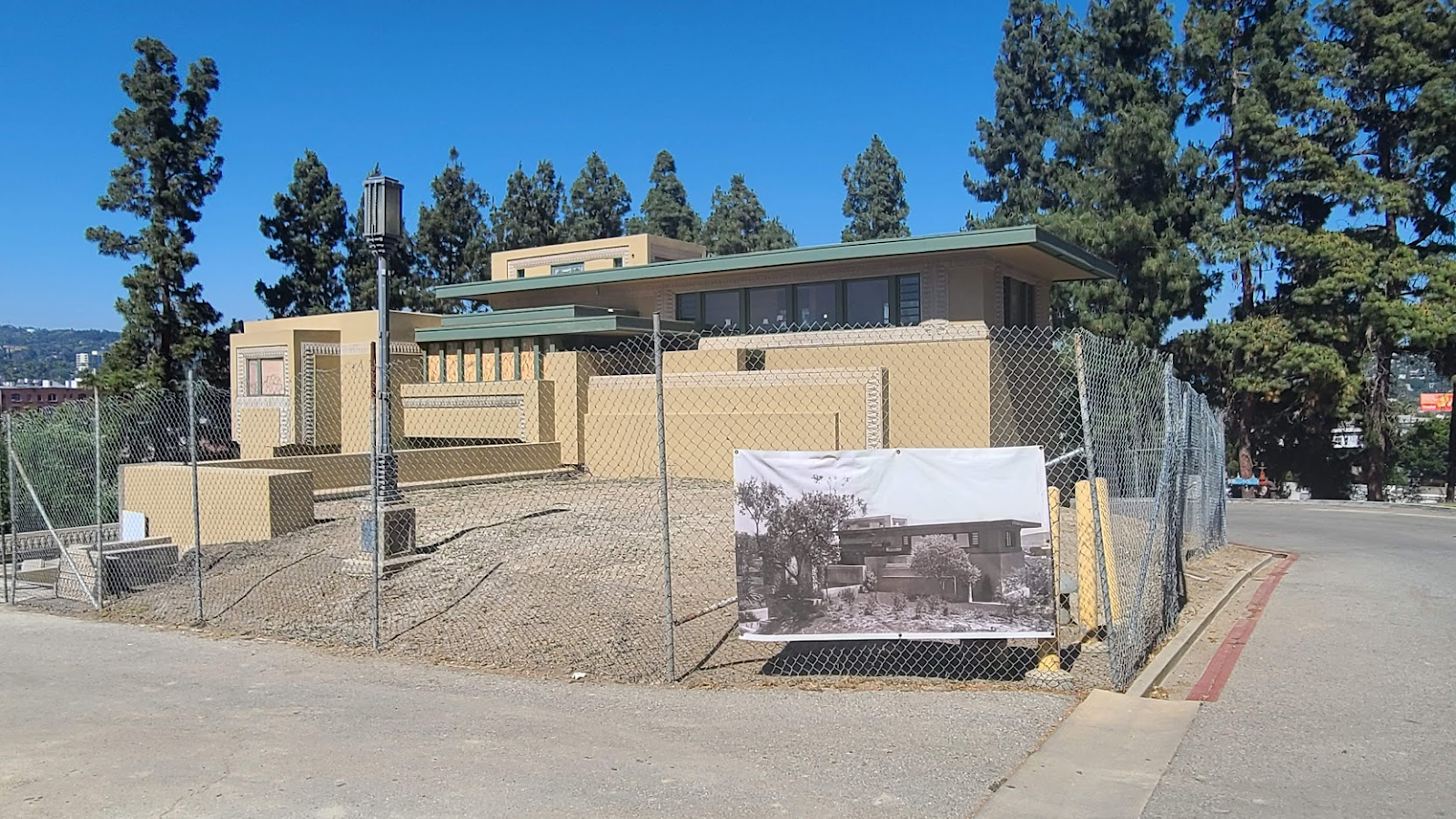



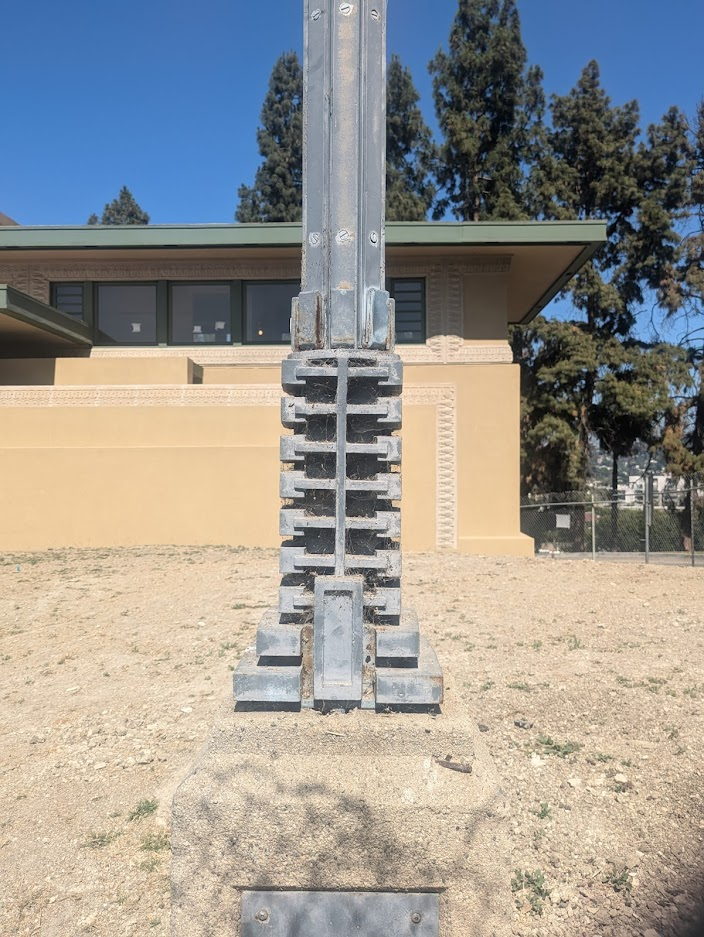
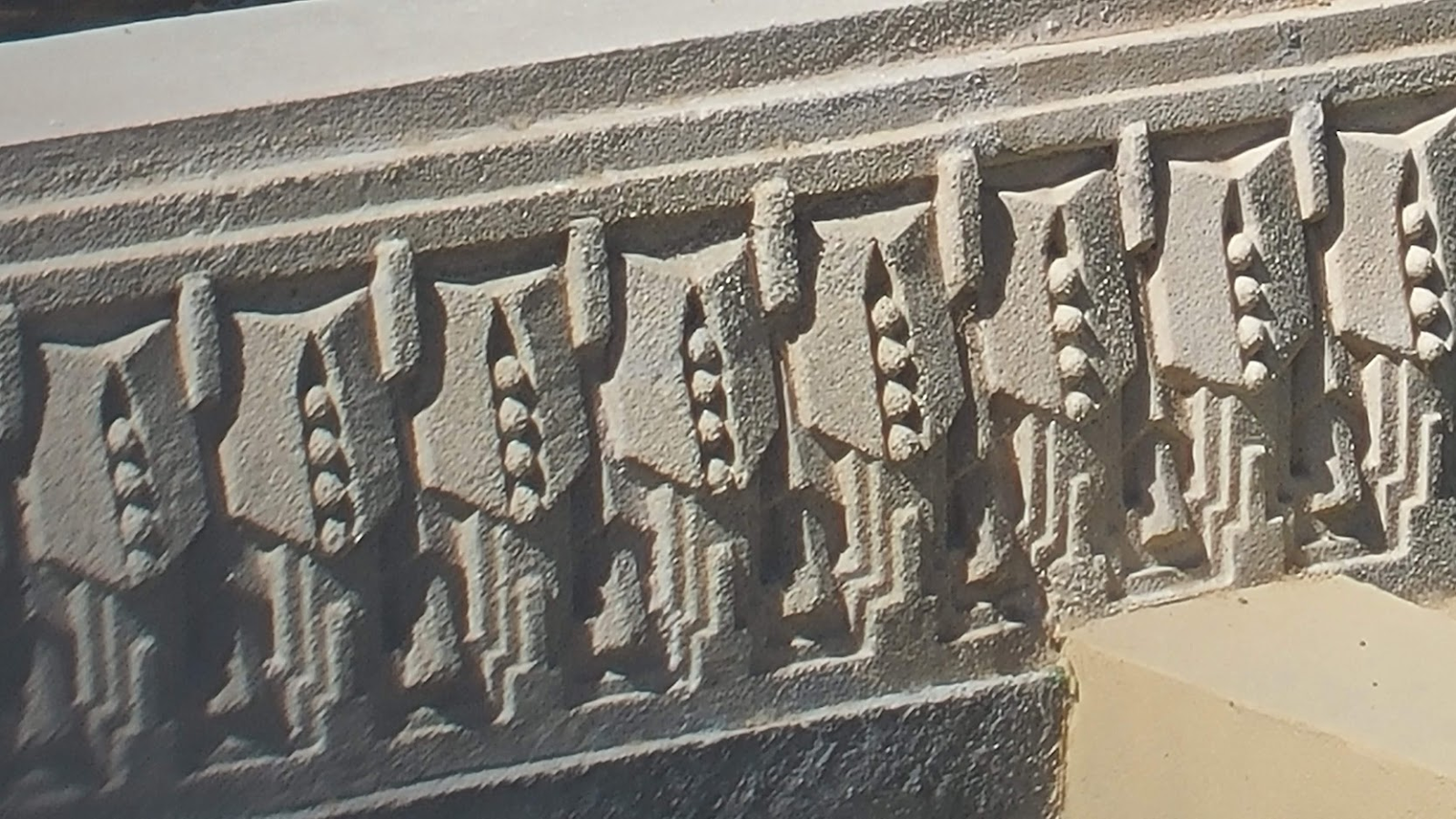















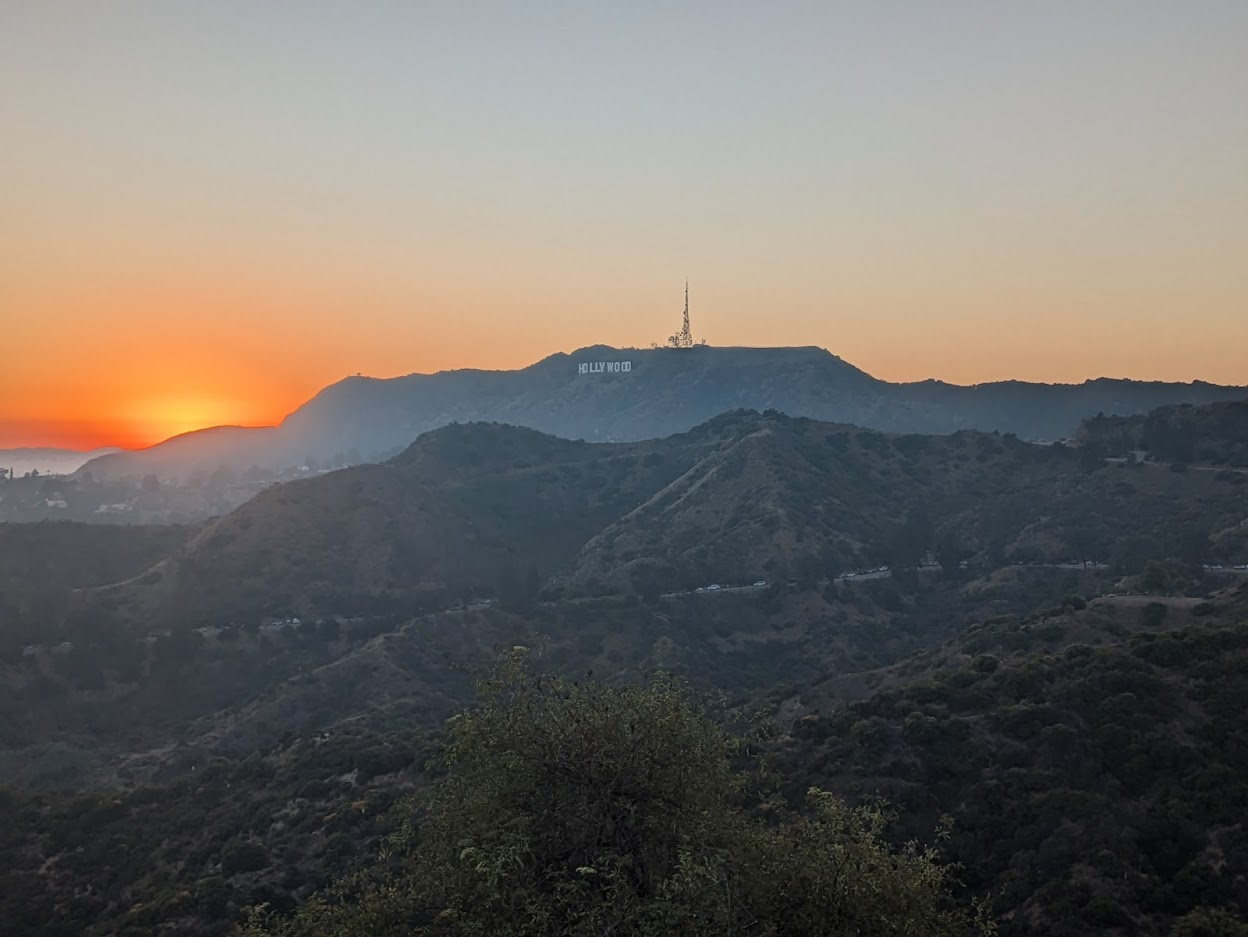


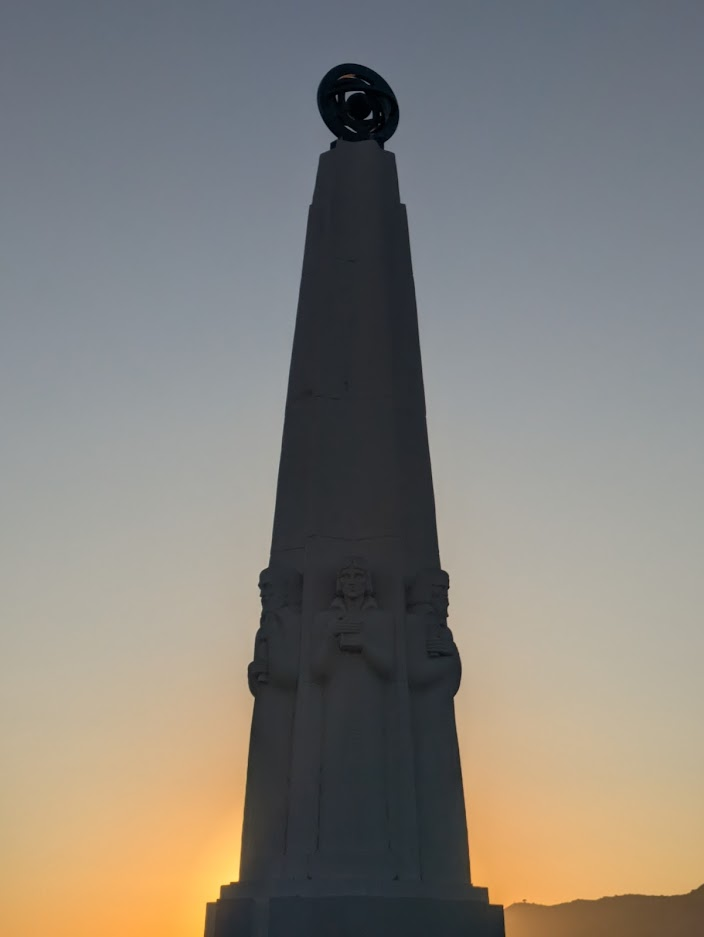

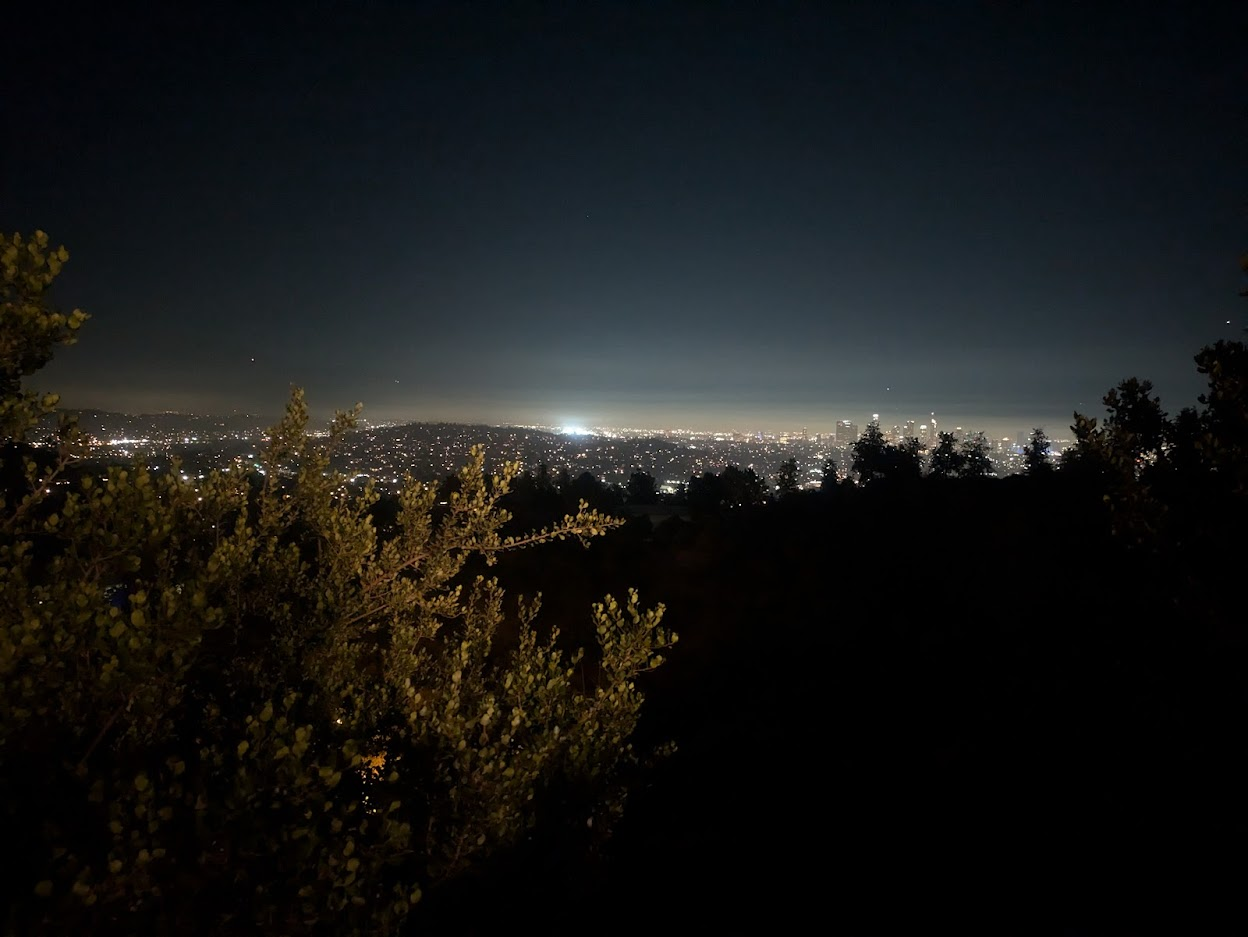








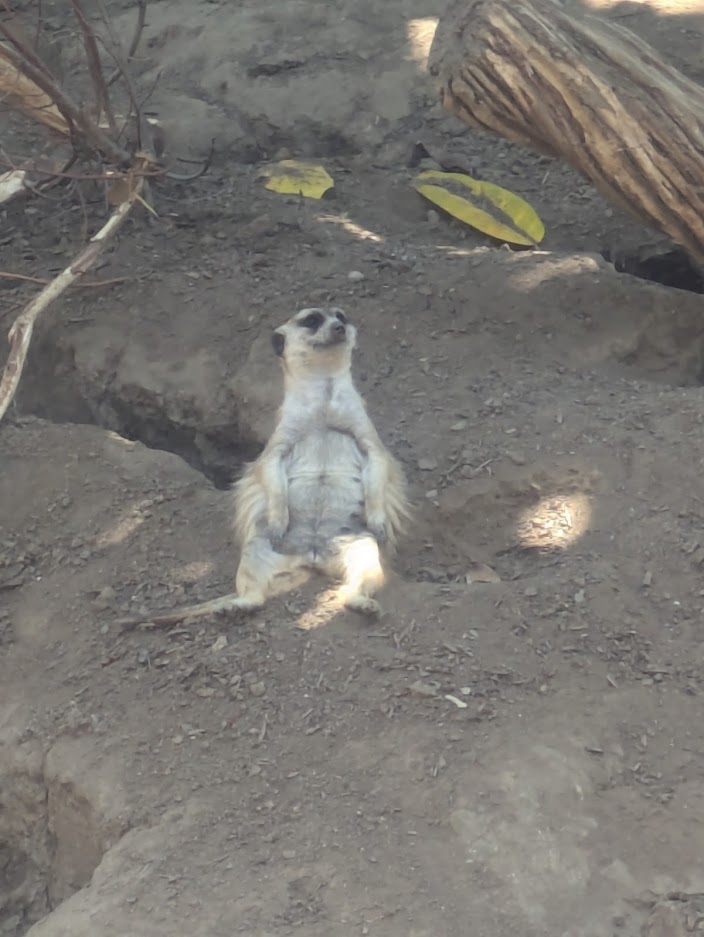
















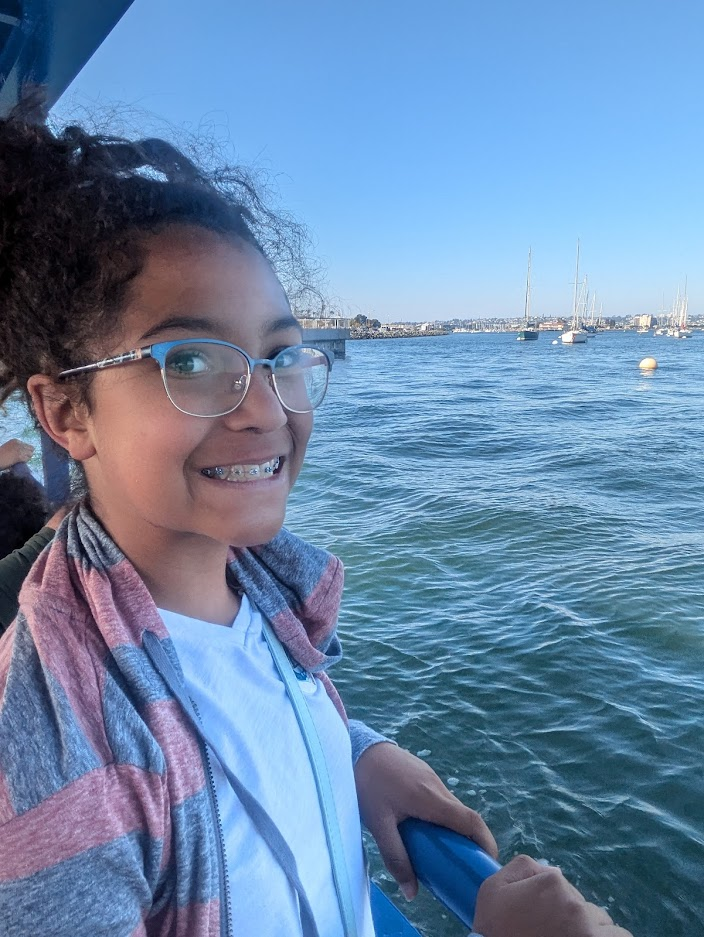






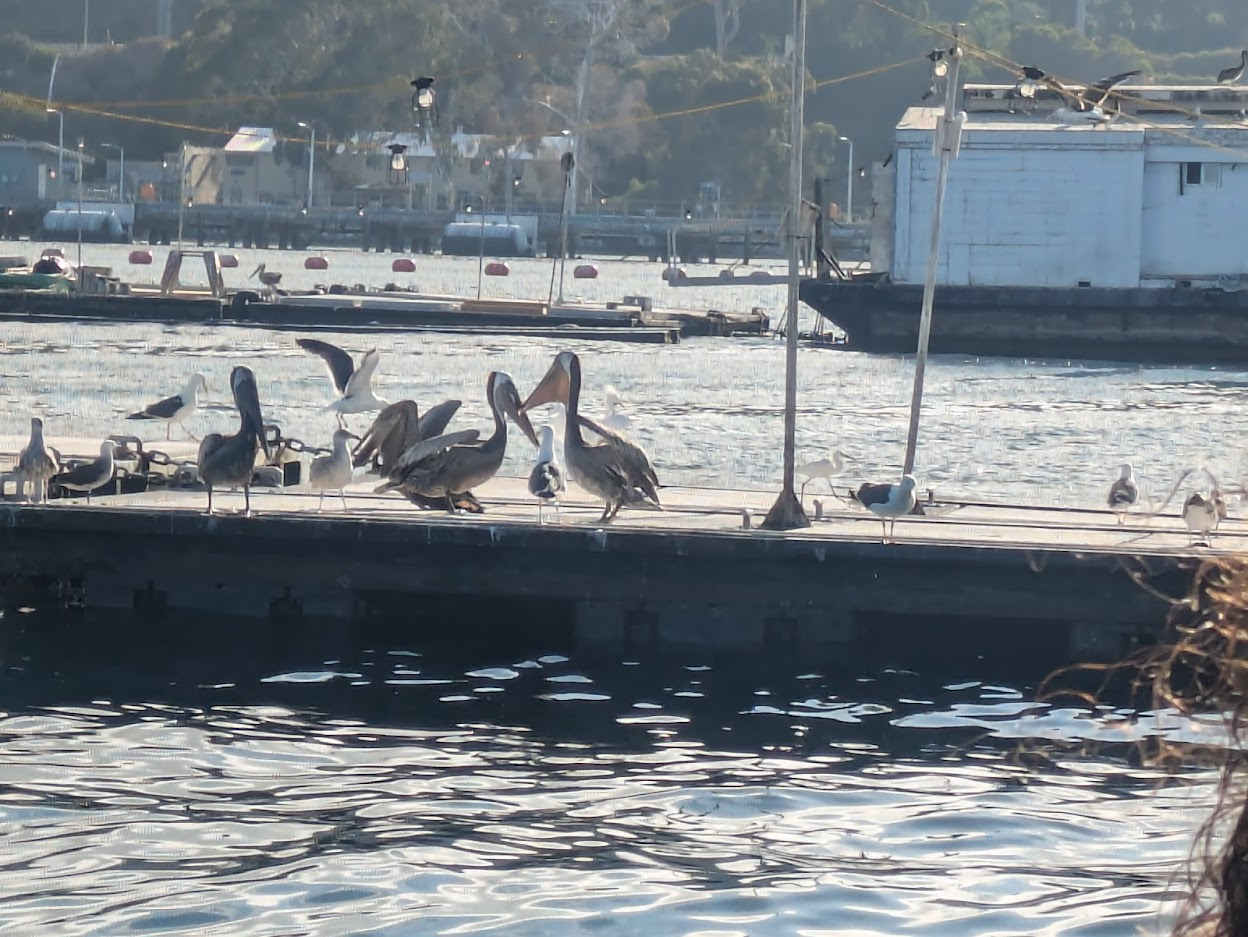




















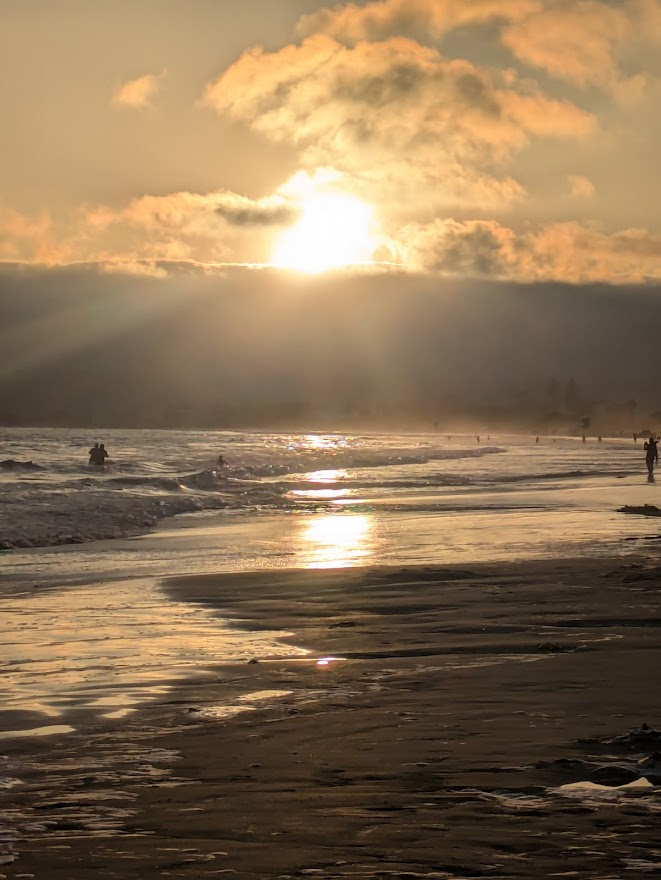


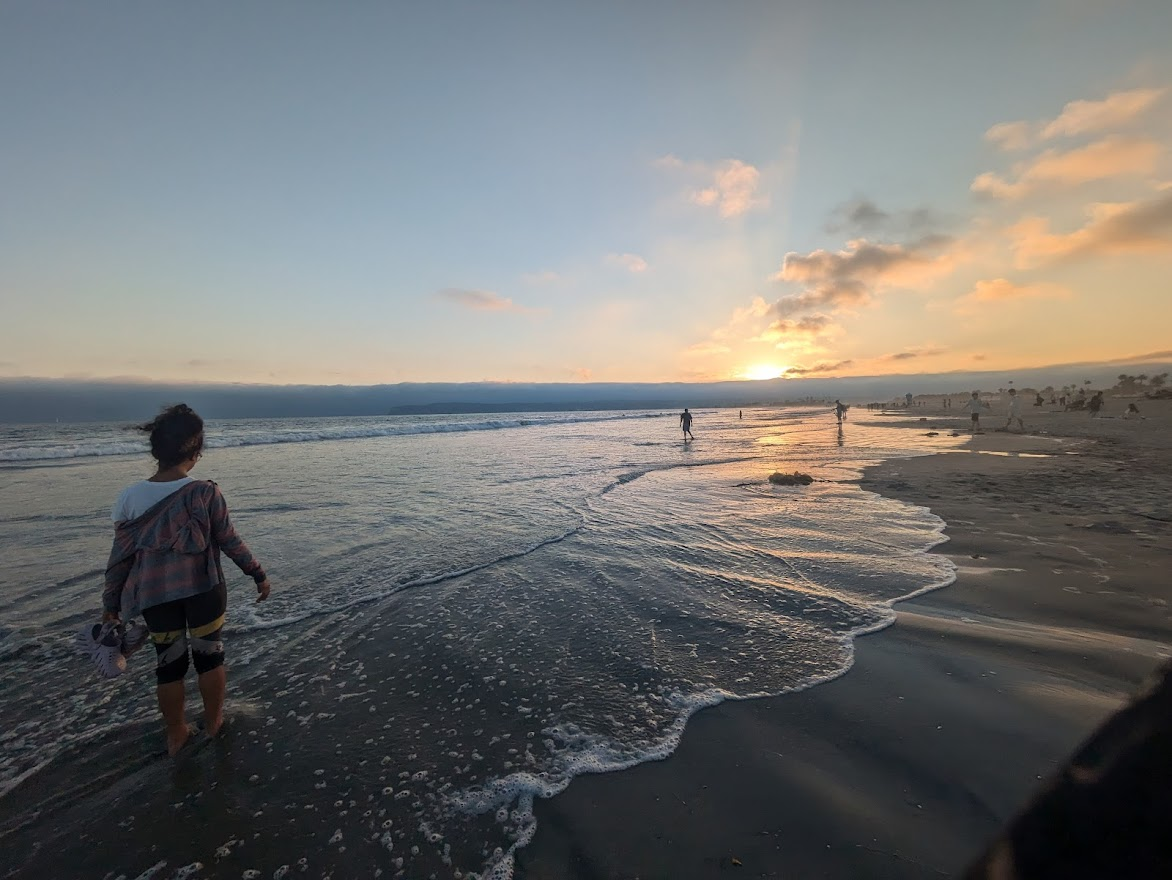

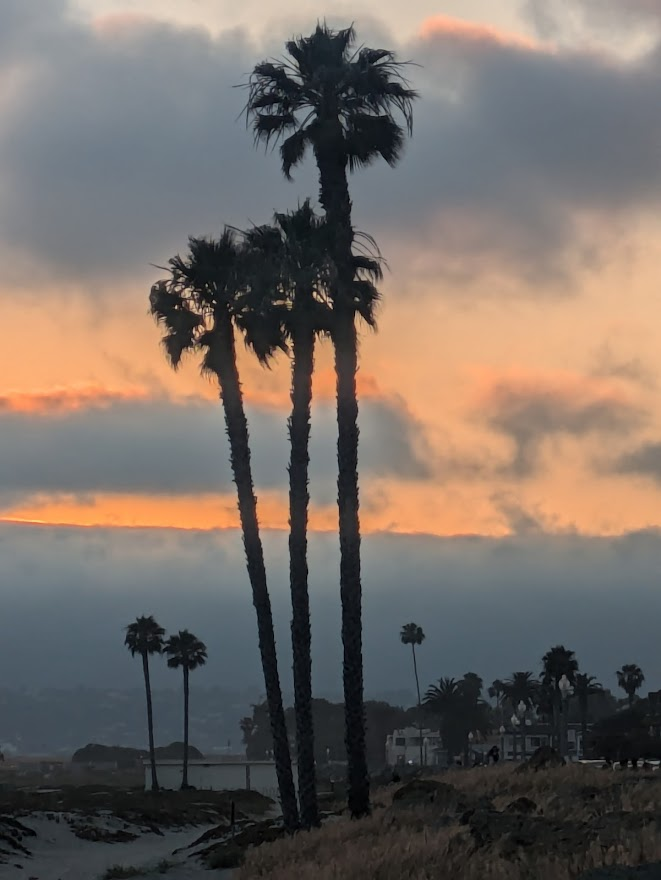
No comments:
Post a Comment